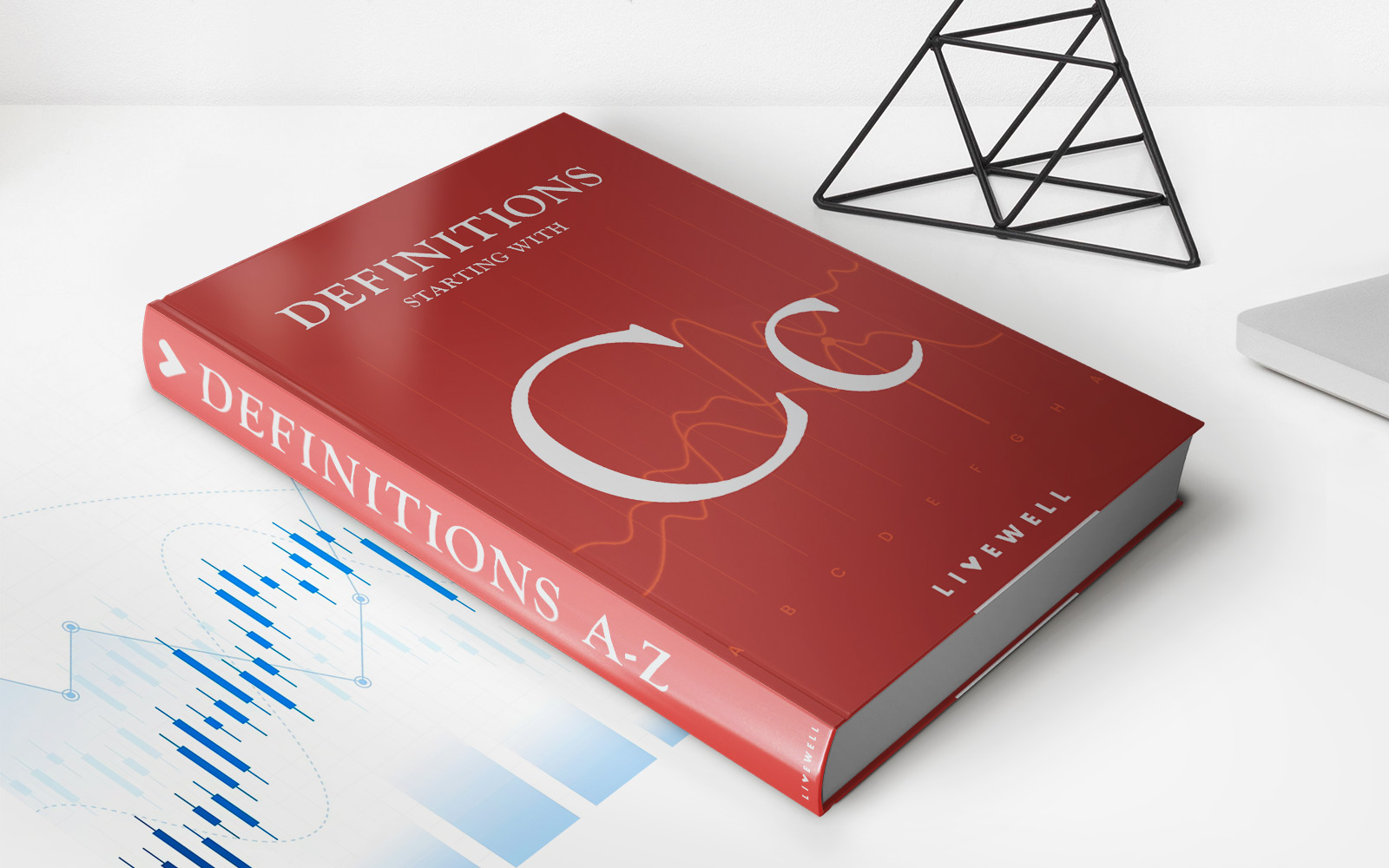Home>Finance>UCC-1 Statement: Definition, Types, And Example


Finance
UCC-1 Statement: Definition, Types, And Example
Published: February 12, 2024
Learn about UCC-1 statement in finance, including its definition, various types, and an example. Gain insights into how this important financial document is used.
(Many of the links in this article redirect to a specific reviewed product. Your purchase of these products through affiliate links helps to generate commission for LiveWell, at no extra cost. Learn more)
Understanding UCC-1 Statement: Definition, Types, and Example
When it comes to the world of finance, there are a multitude of legal concepts and terms that can be confusing and overwhelming. One such term that often arises in the realm of secured transactions is the UCC-1 Statement. In this comprehensive guide, we will demystify the UCC-1 Statement, explain its importance, discuss its types, and provide a real-life example to help you gain a better understanding of this essential legal document.
Key Takeaways:
- The UCC-1 Statement is a legal document that is filed to establish a creditor’s security interest in a debtor’s personal property.
- Understanding the different types of UCC-1 Statements, such as a collateral description and debtor information, is crucial for navigating secured transactions.
What is a UCC-1 Statement?
A UCC-1 Statement, also known as a Financing Statement, is a document filed with the Secretary of State or other relevant agency to give notice of a creditor’s security interest in a debtor’s personal property. This filing is made under the Uniform Commercial Code (UCC), a set of standardized laws governing commercial transactions across the United States. By filing a UCC-1 Statement, creditors protect their interests by establishing priority in case the debtor defaults or files for bankruptcy.
Types of UCC-1 Statements
There are several important components of a UCC-1 Statement that must be included to ensure compliance with the law. Let’s explore these essential elements:
- Debtor Information: This section requires the debtor’s legal name, address, and other identifying information. It helps clarify who the statement applies to and provides crucial information for subsequent searches and transactions.
- Creditor Information: In this section, creditors must provide their legal name, address, and other relevant details. This allows for accurate identification of the creditor in relation to the debtor and their claim against the debtor’s personal property.
- Collateral Description: Creditors must accurately describe the collateral being used as security in the transaction. This section ensures that the statement identifies and specifies the property against which the creditor is claiming an interest.
- Filing Location: This section specifies the appropriate government agency where the UCC-1 Statement should be filed. Typically, this is with the Secretary of State or UCC filing office in the relevant jurisdiction.
A Real-Life Example
Let’s consider a hypothetical example. John is a small business owner who needs to secure a loan to purchase additional inventory for his store. In order to obtain the loan, John’s creditor requires a UCC-1 Statement as part of the transaction.
John and his creditor complete the necessary documents, including providing their respective information, accurately describing the inventory as collateral, and ensuring the correct filing location. The UCC-1 Statement is then filed with the appropriate government agency.
If, for any reason, John defaults on his loan or declares bankruptcy, the creditor’s UCC-1 Statement provides protection and establishes priority for their secured interest in the inventory. This allows the creditor to potentially recover their investment if legal action becomes necessary.
It is important to note that the UCC-1 Statement is not an absolute guarantee of recovery, as other factors and legal obligations may come into play. However, it serves as a vital tool in securing creditors’ interests and ensuring a transparent and accountable process in commercial transactions.
Now that you have a better understanding of the UCC-1 Statement, its types, and the significance it holds in secured transactions, you can navigate the world of finance with confidence. Remember to consult legal professionals to ensure compliance with the specific laws and regulations in your jurisdiction, as the details can vary.














